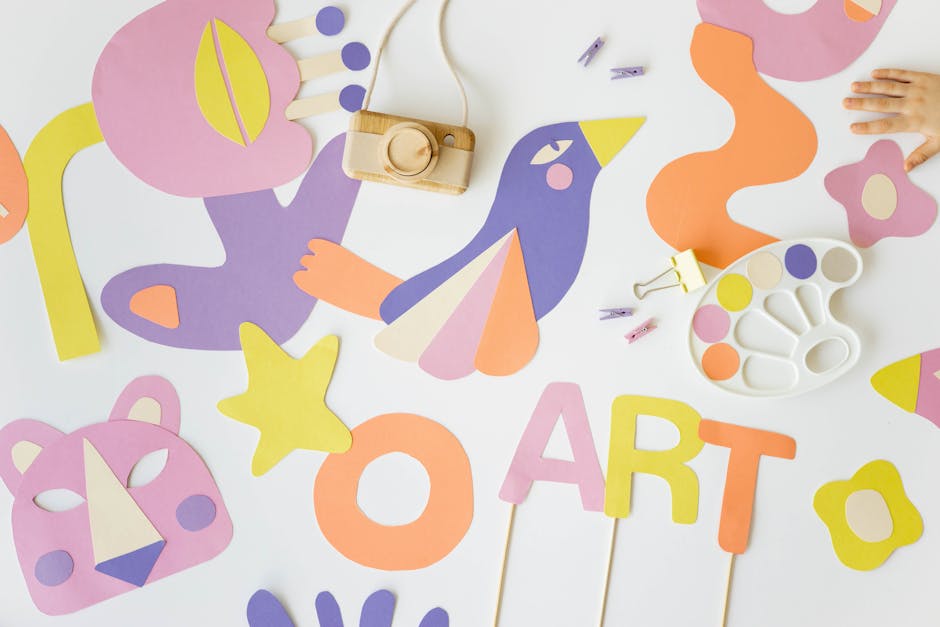
Unconventional Use of Color Theory
Color theory is a fundamental aspect of art and design, guiding artists and designers in their exploration of color combinations. While traditional color theory adheres to established principles, some artists and designers take a more unconventional approach, pushing the boundaries to create unique and dynamic compositions.
One unconventional use of color theory is the deliberate disruption of color harmonies. Rather than relying on traditional complementary or analogous color schemes, artists may intentionally introduce clashing colors or unexpected combinations to create tension and visual intrigue. This approach can be seen in many contemporary abstract paintings, where bold and contrasting colors interact to evoke emotional responses.
Another unconventional use of color theory is the exploration of cultural and personal associations with colors. While certain colors may have universally recognized meanings, artists and designers may deviate from these associations to reflect their own experiences or challenge societal norms. By using colors symbolically or subverting their conventional meanings, creators can spark meaningful conversations and evoke thought-provoking responses.
Additionally, unconventional use of color theory can involve manipulating color temperature and value. Contrasting warm and cool tones or playing with light and shadow can create depth and dimension in an artwork or design. Experimenting with non-traditional color palettes can yield surprising results, making the artwork or design stand out from the crowd.
